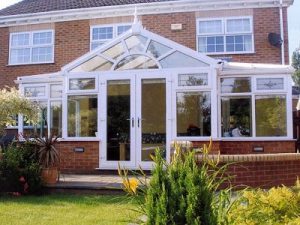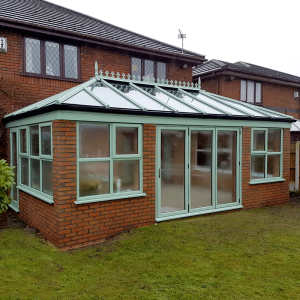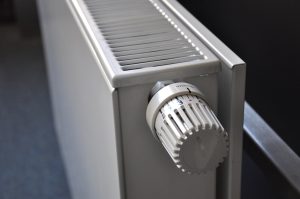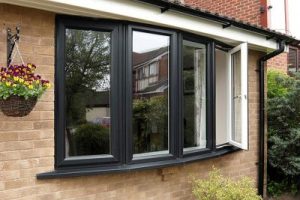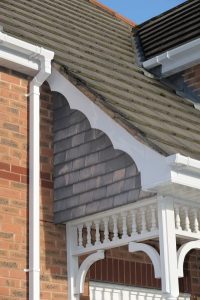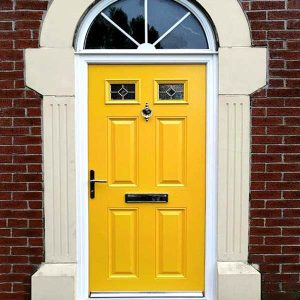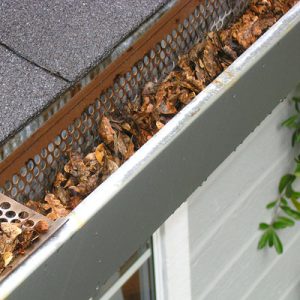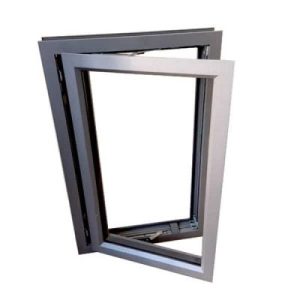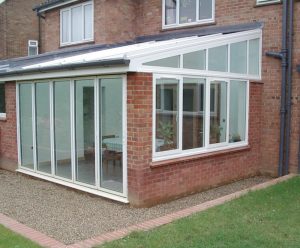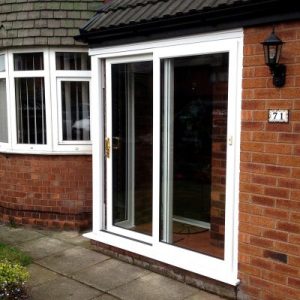Expanding UPVC
UPVC is one of the most common building materials when it comes to new doors and windows. That is because it is an extremely durable product that is low maintenance and easy to clean. One of the only problems with uPVC is that it can expand in hot weather. However, rather than a problem, this can be more of an inconvenience.
In this guide, we will give you a brief overview of what uPVC is. Plus, we will mention some techniques on how to deal with expanding uPVC. Keep reading to find out more.
What Is UPVC?
Unplasticised polyvinyl chloride(uPVC) is a lightweight and strong plastic. Made to be a flexible material be combing a wide range of other plastics. Furthermore, uPVC can remain rigid and very strong, making it an excellent choice for home improvements.
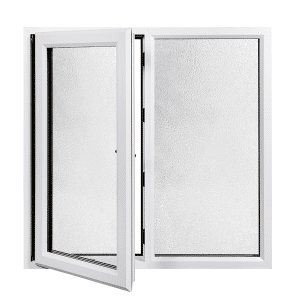
How Can UPVC Be Used?
Due to the lightweight rigidity of uPVC, we mainly use it for doors, windows and guttering. Furthermore, one of the main benefits of PVCu is that it can withstand the unpredictable British weather. That makes the use of PVC perfect for your home improvements.
However, in the summer, due to high heat, PVC doors and windows can expand. That can be an inconvenience for homeowners and can prevent doors and windows from closing properly. But, there are some easy methods to follow to overcome this problem.
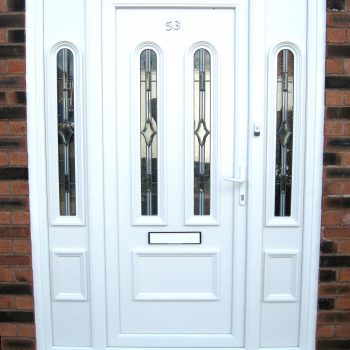
What Ways Can You Help To Prevent uPVC Doors and Windows From Expanding?
Although it doesn’t cause any structural problems, expanding PVC may prevent your doors or windows from locking. However, as the PVCu starts to cool, it will return to the original form.
If the weather is hot throughout the night, you may still have problems closing and locking the door. Unfortunately, there isn’t much you can do until the door has cooled down. However, to speed up this process, you can pour cold water over the door frames. That will help return the uPVC to its original shape, allowing you to lock the door or window.
Does This Mean I Should Avoid UPVC?
UPVC doors and windows come with a wide range of benefits. Using uPVC as a material is very easy to maintain and clean, comes with a wide range of designs and can withstand the wet and cold weather. Furthermore, it is also more affordable than Aluminium and timber doors.
Another benefit of our uPVC is that it comes in an almost endless choice of colours. That is because we can spray our uPVC to the majority of RAL colours. If you want to see more about our RAL colours, take a look at this colour guide.
The only main downsides to uPVC are that it doesn’t tend to last as long as Aluminium or timber. That is because it can start to discolour and may start to break down. Plus, they are not as easy to fix and may require a replacement window or door.
Although uPVC has these few problems, it is still a fantastic choice for your home improvements. That is because the benefits far outweigh the negatives. Plus, uPVC is a cost-effective choice to change the style and feel of your home.
Even if your door starts to expand in the heat, by following the steps above using cold water, you should be able to lock your home quickly afterwards.
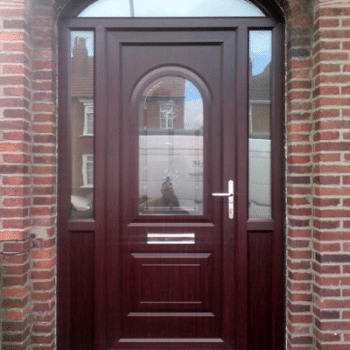
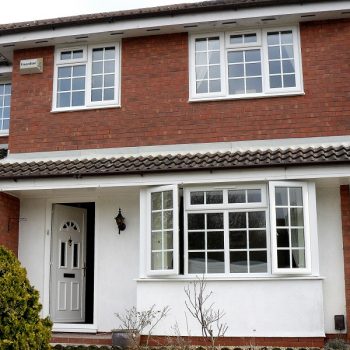
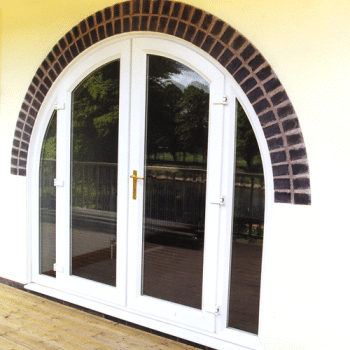
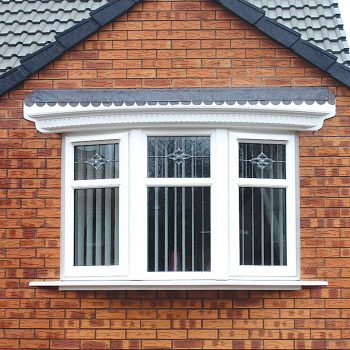
Which Material Should You Choose?
When it comes to the material you want to use for your door or windows, it all comes down to your personal choice. PVC is a cheaper option and is much easier to clean and maintain, but it might not be the choice for you.
If heat expansion is a big problem for you, it might be better to choose Aluminium or timber. These are great options and can be energy-efficient with proper maintenance.
Wooden doors require a lot more maintenance than Aluminium and uPVC.
If you want to know more about any of our window choices, you can find out more here. Alternatively, you can call 01744 611 203 and a member of our team will be happy to help.



